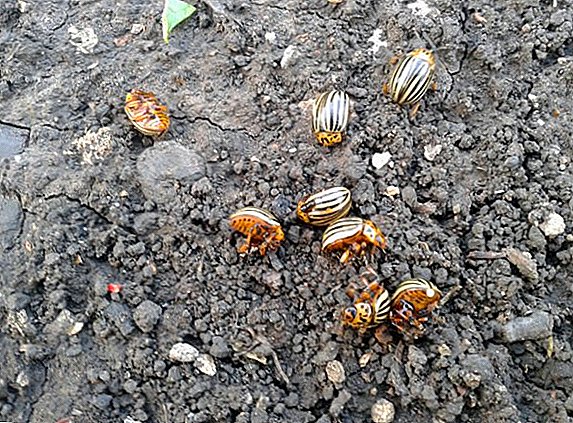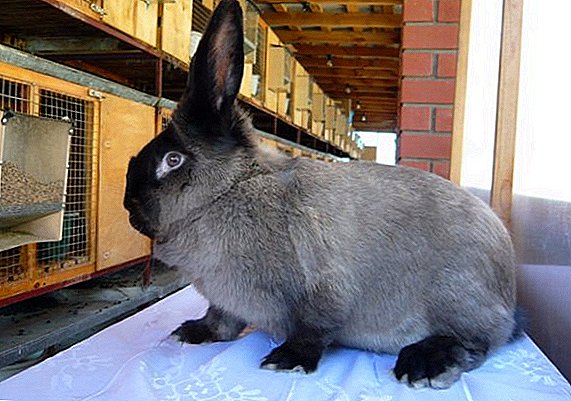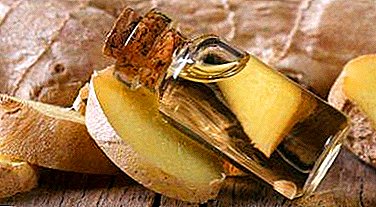 The name "segeus" from the Latin language means "wax candle". In the wild, such cacti grow in India or South America. In our climate zone, the plant is more often used to decorate greenhouses, shop windows or office halls. A compact copy of Cereus can be grown at home. Consider in more detail how to do it correctly.
The name "segeus" from the Latin language means "wax candle". In the wild, such cacti grow in India or South America. In our climate zone, the plant is more often used to decorate greenhouses, shop windows or office halls. A compact copy of Cereus can be grown at home. Consider in more detail how to do it correctly.
Botanical description
A distinctive feature of this type of cacti is a long cylindrical stem. In height, it grows to 20 meters. This long-lived plant can bloom and bear fruit for more than three hundred years. The genus of Cereus has about 50 species. Large representatives have a strong fleshy stem, leafless angular stems and powerful roots. The whole base of the cactus is covered with black spines.

Flowers a length of about 25 centimeters revealed at night in white or pink. Fruit in the form of red berries can be eaten. In closed spaces, Cereus are considered the most unpretentious plants. They are not demanding on the composition of the earth, lighting and location, they multiply by means of seeds or cuttings.
Did you know? In the fleshy trunks of giant Cereus there are about two tons of water that can be used for drinking.
Varieties of cereus
In nature, there are many varieties of this type of cacti, The most common of which are: Peruvian, Yamacaru, giant, validus, Uruguayan, azure.
Peruvian, or rocky (monstrose)
The second name of the Peruvian Cereus - rocky. The plant got it thanks to its ribbed surface. At home, such a cactus grows up to 50 cm in height. Beautiful white flowers with a pleasant aroma can only be seen at night, since they are closed for the day.

Non-standard form of the plant is called monstrous. Its curved stem acquires a variety of outlines, from which it received this nickname. Such an unusual look and spectacular flowers of the cactus make it very popular with gardeners.
Learn more about 10 popular blooming cacti and cacti for home breeding.
Yamakaru
Representative of the Cereus family, that grow only in the wild. The stem of this plant resembles a cylinder, studded with spines all over the surface. Unlike other cacti, thorns yamakaru are not black, but light. Also this species has the largest flowers, which grow up to 20 cm in diameter.

Giant
This species differs from its counterparts in that that begins to grow actively only after thirty years and at the same time reaches a large size. It is even listed in the Guinness Book of Records as the highest cactus in the world, its height is 25 meters. You can meet a giant Cereus in the US states of Texas and Arizona. Young plants tend to grow very slowly.

Validus
Validus is unique in that it has blue stalks. Its trunk has a fresh number of ribs from 4 to 8. Flowers of snow-white color, with a pleasant smell.

Uruguayan
The Uruguayan Cereus stands out among other long sharp spikes. In nature, there are specimens covered with two-centimeter spines. This type of fruit is bearing red berries that can be eaten. At the same time they taste sweet and sour.

Azure
Cereus azure has a slightly bluish color, fleshy stem with many branches and barely noticeable edges. The most fragrant flowers grow precisely on azure representatives.

Growing up
Growing a cereus at home is not difficult, because the plant does not require special care. Enough to adhere to the basic rules of the content of prickly plants.

Lighting and site selection
Like any cactus, cereus loves the light. It should be enough in both winter and summer. The best place in the house for him will be a bright window sill on the south or east side.
Important! Direct sunlight should beware, as they can burn the trunk of a plant.
To prevent this, the cereus should be gradually accustomed to the sun after winter, exposing it to the window for several hours and gradually increasing the time spent in the sun. You can also use window blinds and adjust the amount of light with them.

Substrate and fertilizer
In order for cacti to grow well, they must be regularly fed. It is better to do this in the spring and summer. Fertilizers in liquid form are used for top dressing. You can also dilute granular fertilizer in water and water the plants. The transplanted Cereus do not need additional feeding for up to a month, since the new soil contains all the macronutrients they need.

Substrate for transplantation is selected with a neutral or acidic composition without alkali. In the mixture must always add sand and brick crumb. Land for cacti should contain a minimum amount of humus.
Read also what features of planting and watering cacti
Temperature
Cereus is not afraid of temperature changes. In winter, he feels great at + 13 ... +16 ° C, and in the summer he can withstand up to 40 degrees of heat. The most comfortable temperature for a cactus is 24 ... 26 ° С above zero.

Humidity and watering
Water the plant should be warm soft water. In spring and summer, moderate watering is recommended 1 time in 10 days, and in winter months it is enough to refresh the cactus only once in 4 weeks.
Important! It is absolutely not recommended to flood Cereus, since as a result of waterlogging, it can become sick and disappear.
In the summer, cacti need to be sprayed from the sprayer with warm water, to provide it with the necessary level of humidity. A comfortable condition for their growth is considered to be 30-50% humidity.

Transfer
Cacti do not need a special transplant. This procedure is carried out only as needed when it is necessary to spread overgrown specimens. You can do this no more than once every 2 years. This will require a spacious pot and fresh soil.
Cacti also include hatiora, epiphyllum, ripsalis, echinocactus Gruzoni, hymnocalicium, Decembrist flower, Opuntia.
Breeding
Cereus multiplication occurs in two ways:
- seeds (this method is more characteristic of species growing in the wild, but also used in the home);
- grafting.

Cutting is practiced in the spring and mid-summer. To do this, cut off the young shoots, lightly dried and planted in a small container with the substrate. Roots appear after 30 days. After that, it is enough to transplant the plants in pots.
Also propagated by cuttings: petunia, chrysanthemum, pelargonium, azalea, clematis, brugmancia, tui, laurel, cornel, mulberry
Diseases and pests
Cacti, like any other plants, are prone to disease. In order to detect them in time, it is necessary once a week to carefully examine the cereus for the appearance of unusual spots. They often indicate improper watering or infection with insects.

Among the dangerous pests stand out:
- spider mite;
- mealy worm;
- false shield;
- schitovka.
Read also how to deal with diseases and pests of cacti
Shchitok (small bugs) is easy to see with the naked eye on the stem of a plant. They are parasitic by sucking cacti juice. In order to get rid of pests, Cereus is enough to pour a special insecticide.

Another problem faced by representatives of the family of cacti - fungus in the form of rot. If the lesion is small, it can be removed, and the incision site is treated with an alcohol solution. In this case, watering must stop until the plant is cured.
Did you know? Cacti have more than 2.5 thousand species of this family.
Possible problems
In addition to the parasites and the problems that they provoke, the owners of the Cereus may face other difficulties. There are cases when cacti do not throw flowers.

The reasons for this phenomenon:
- poor lighting;
- non-compliance with the temperature regime;
- improper watering;
- The plant has not reached the age necessary for flowering.
You will probably be interested to know what useful properties a cactus has.
Growing a beautiful blooming cereus is pretty easy. For this it is necessary to provide the plant with light, warmth and timely care. Then the cactus will delight you with the fragrant aroma of snow-white flowers.












